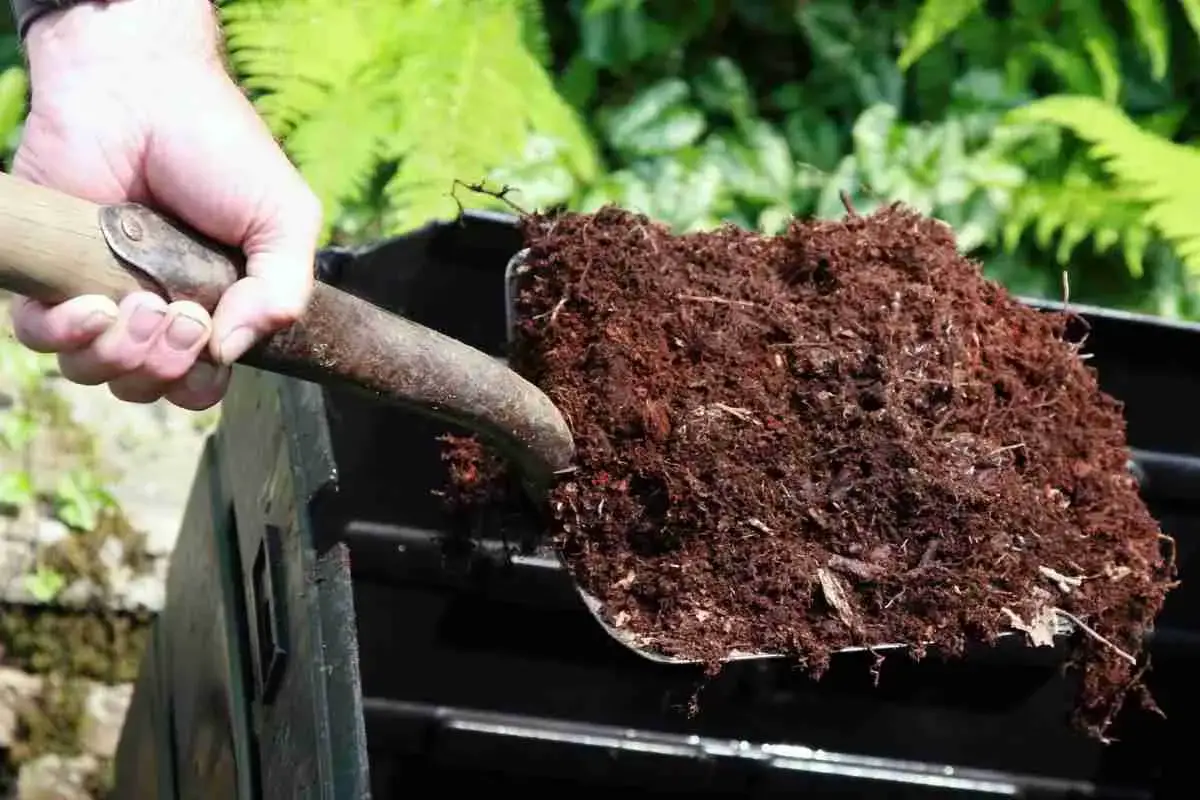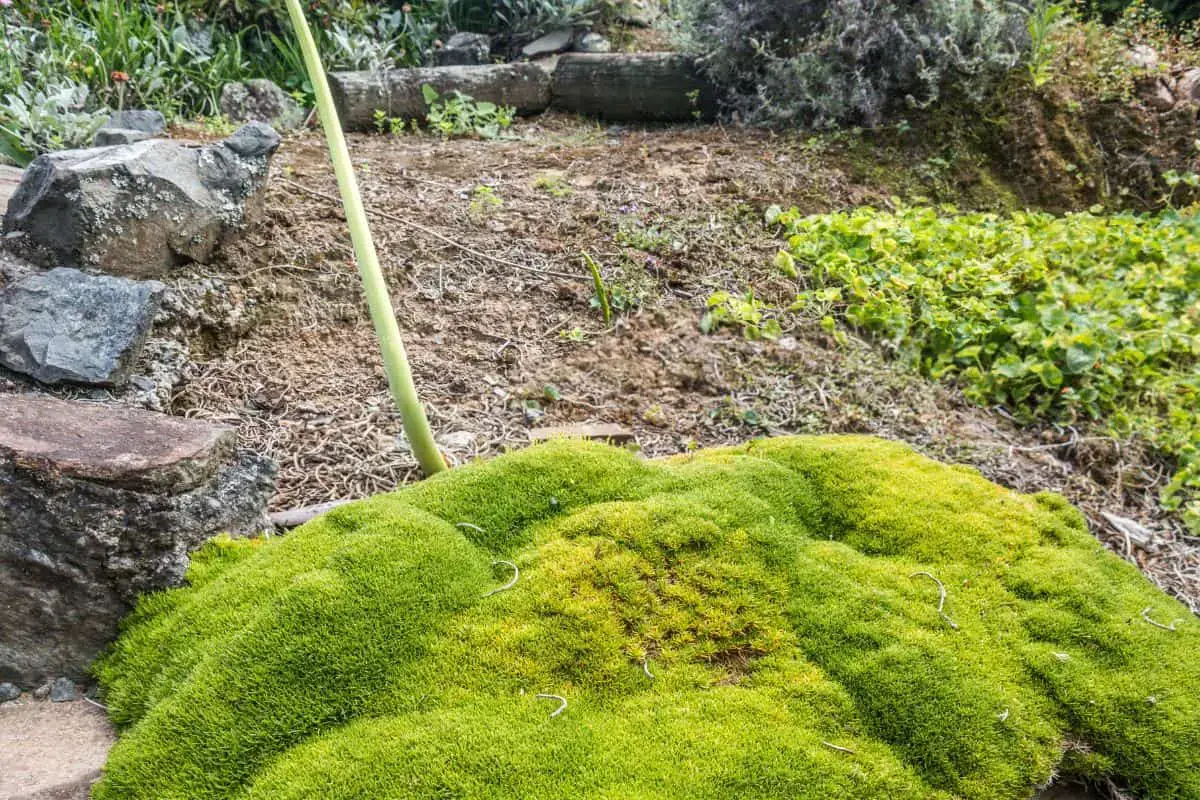
5 Steps To Make A Stunning Irish Moss Lawn
Read more
Is Moss Really Poisonous? The Toxic Myth Uncovered: Safe to Touch or Dangerous?
Read more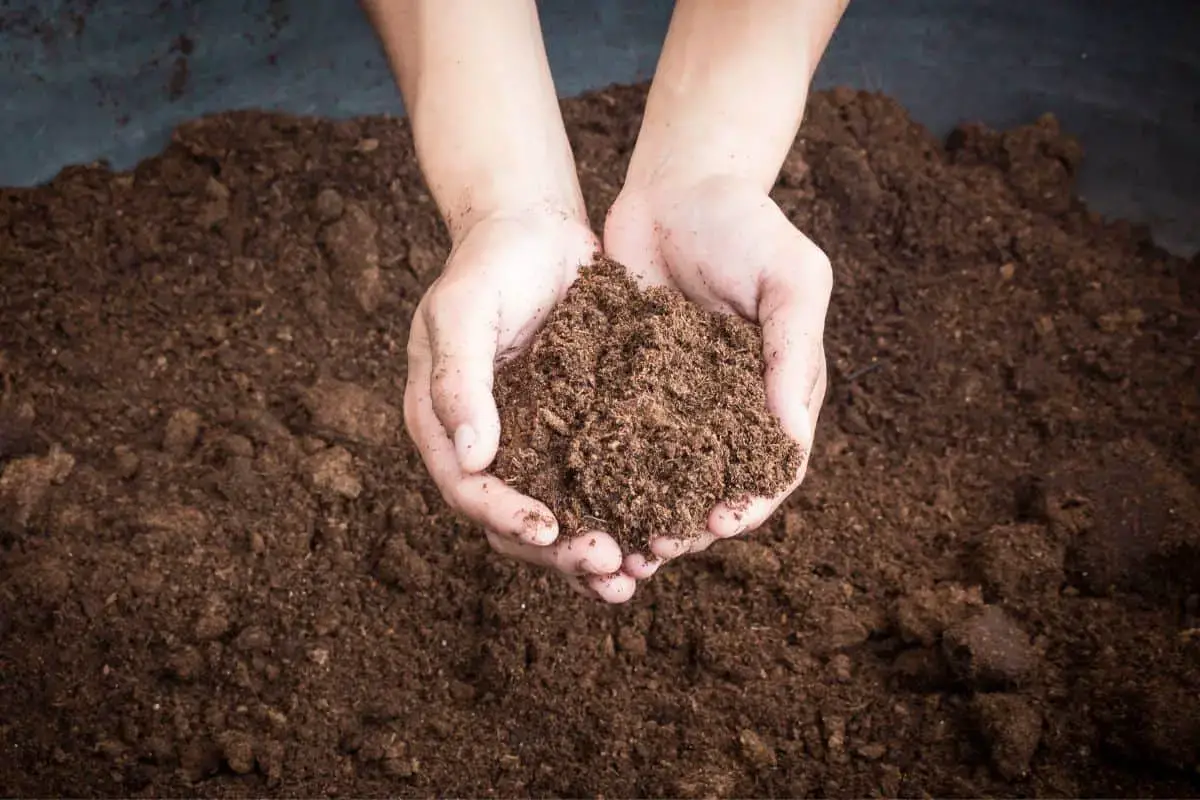
DIY Peat Moss: 5 Simple Steps to Success – Start Today!
Read more
Does Moss Need Sunlight?
Read more
Does Sphagnum Moss Mold? Causes & Prevention
Read more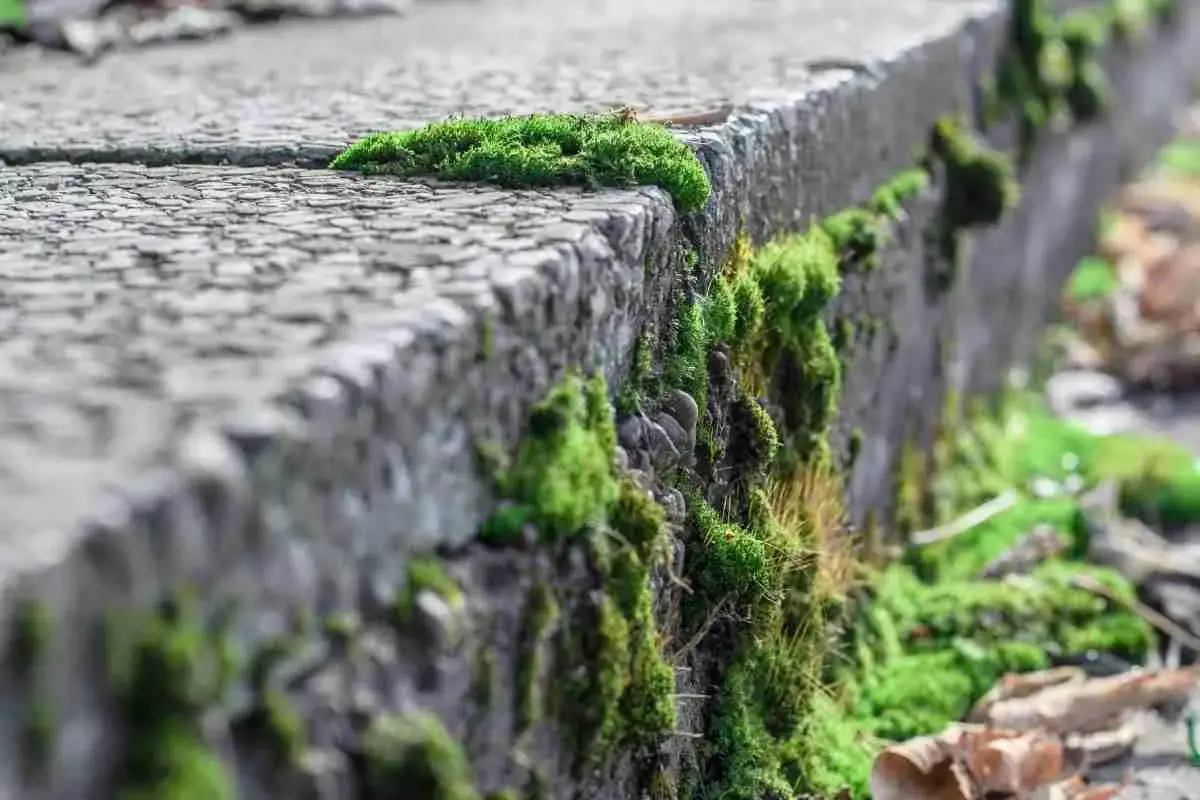
7 Ways To Permanently Remove Moss From Concrete
Read more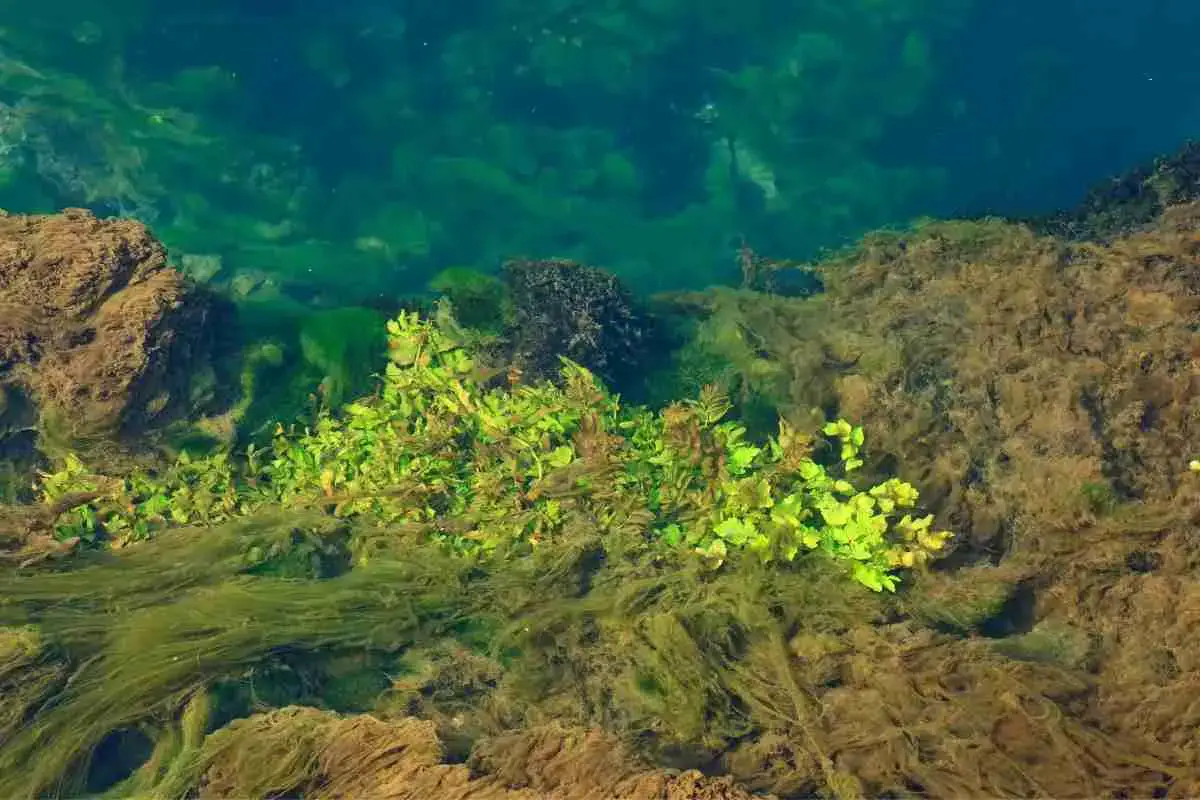
Is Algae A Producer of the Future? Understanding Its Role in Energy and Food Production
Read more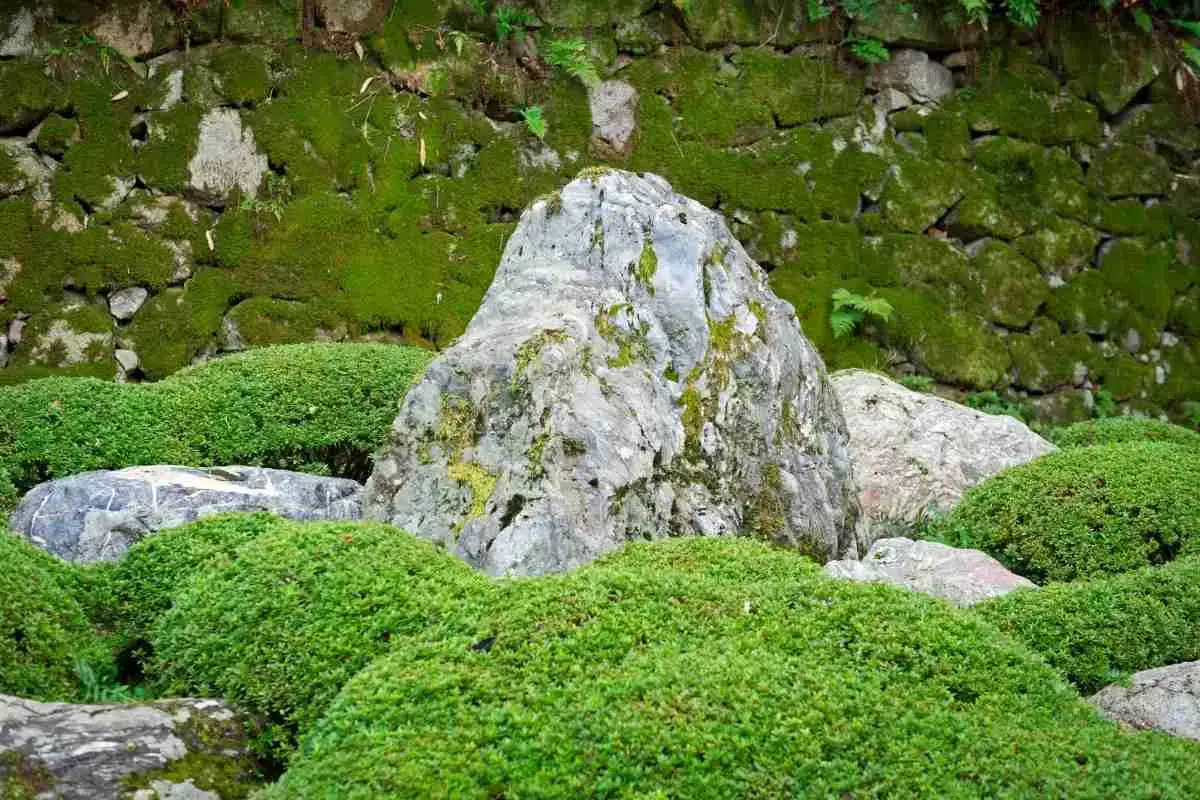
11 Types Of Moss That Grows On Rocks!
Read more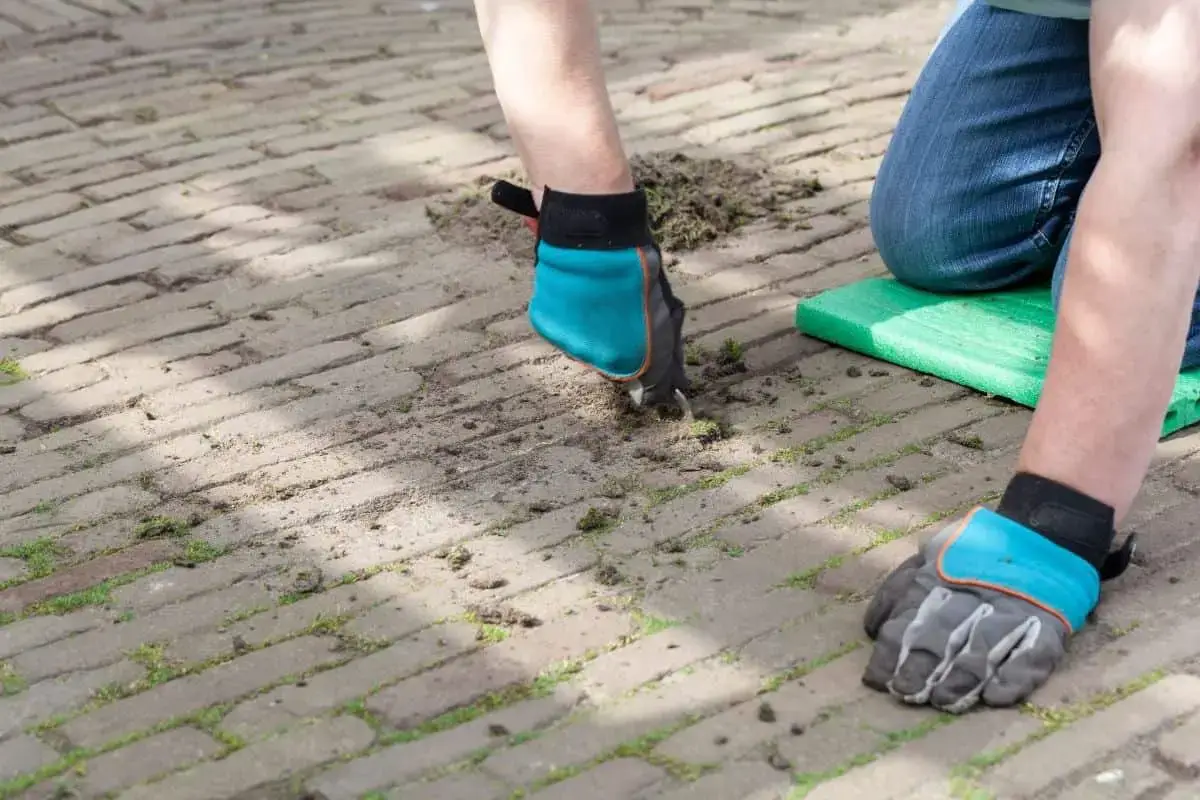
7 Tools Perfect For Removing Moss Between Pavers!
Read more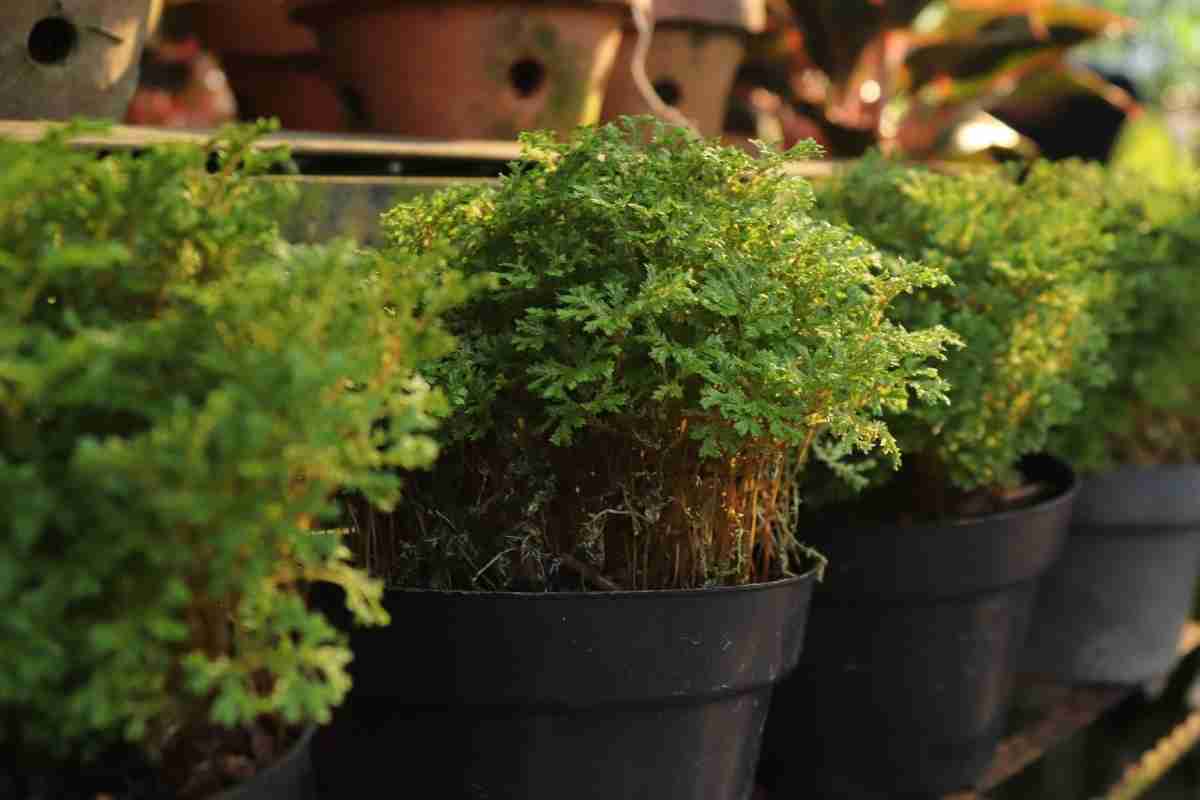
Is Moss Good For Plants? (Indoor & Outdoor Plants)
Read more
Does Moss Need Soil? Detailed Guide
Read more